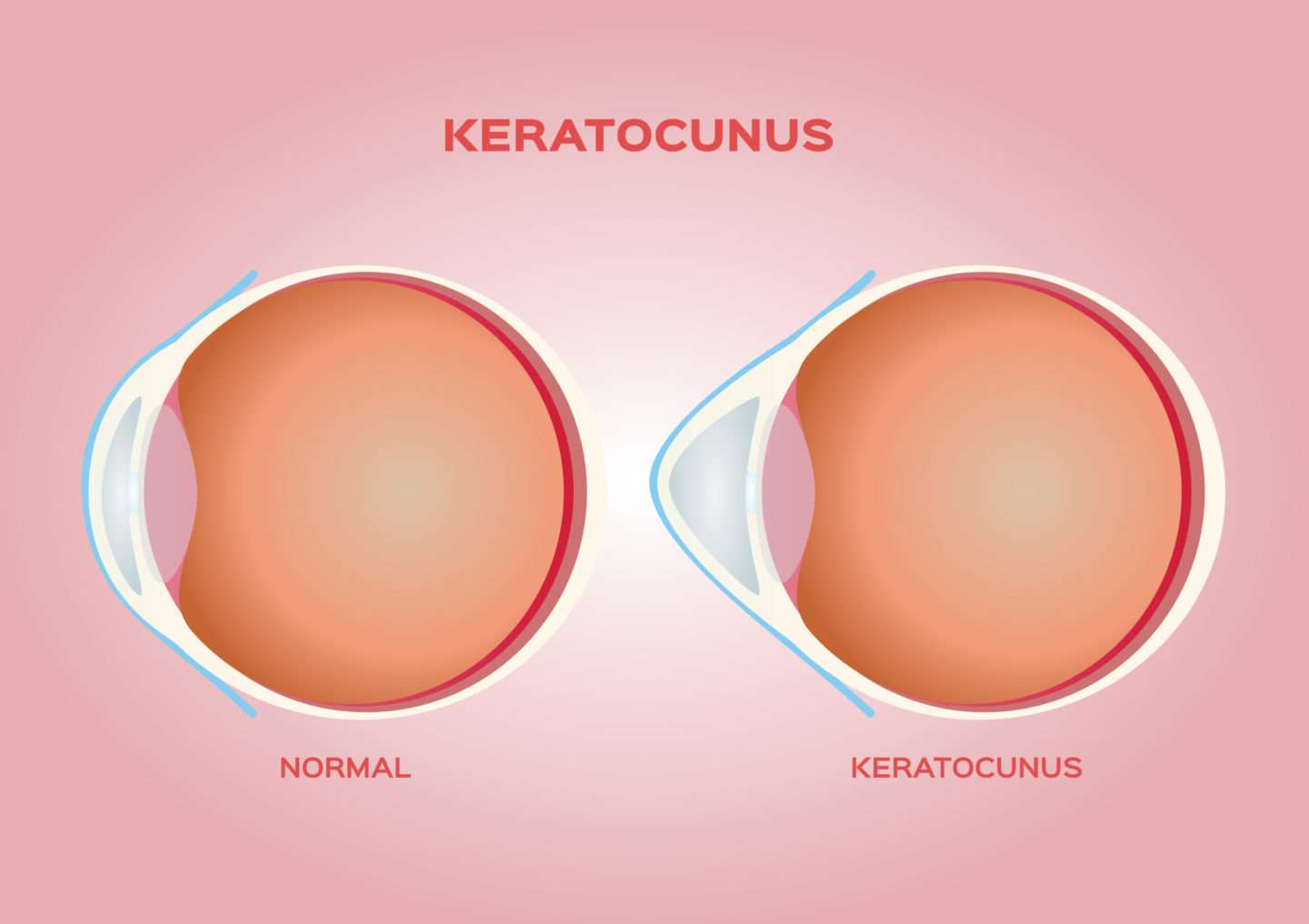Keratoconus Management
Diagnosis
To analyze keratoconus, your eye specialist (ophthalmologist or optometrist) will audit your clinical and family ancestry and lead an eye test. The person in question might lead different tests to decide more insights about the state of your cornea. Tests to analyze keratoconus include:

Eye refraction : In this test your eye specialist utilizes unique hardware that actions your eyes to check for vision issues. The individual might request that you glance through a gadget that contains wheels of various focal points (phoropter) to assist with deciding which mix gives you the most honed vision. A few specialists might utilize a hand-held instrument (retinoscope) to assess your eyes.
Slit-lamp examination : In this test, your PCP coordinates an upward light emission on the outer layer of your eye and uses a low-fueled magnifying lens to see your vision. The person assesses the state of your cornea and searches for other likely issues in your eye.
Keratometry : In this test your eye specialist shines a circle of light on your cornea and measures the reflection to decide the fundamental state of your cornea. In this test, your PCP coordinates an upward light emission on the outer layer of your eye and uses a low-fueled magnifying lens to see your vision. The person assesses the state of your cornea and searches for other likely issues in your eye.
Treatment
If your keratoconus is advancing, corneal collagen cross-connecting may be demonstrated to slow or stop the movement. This fresher treatment can keep you from requiring a cornea relocation from now on. In any case, this treatment doesn’t switch keratoconus or further develop a vision.
Further developing your vision relies upon the seriousness of keratoconus. Gentle to direct keratoconus can be treated with eyeglasses or contact focal points. This is a drawn-out treatment, particularly if your cornea becomes steady with time or from cross-connecting.
In specific individuals with keratoconus, the cornea becomes scarred with cutting-edge illness, or wearing contact focal points becomes troublesome. In these individuals, cornea relocation and a medical procedure may be fundamental.
Surgery
You might require a medical procedure if you have corneal scarring, outrageous diminishing of your cornea, unfortunate vision with the most grounded solution focal points, or a failure to wear any contact focal points. Contingent upon the area of the protruding cone and the seriousness of your condition, careful choices include :
Penetrating keratoplasty : You’ll likely need a cornea transplant (keratoplasty) if you have corneal scarring or extreme thinning. Penetrating keratoplasty is a full-cornea transplant. In this procedure, doctors remove a full-thickness portion of your central cornea and replace it with donor tissue.
Deep anterior lamellar keratoplasty (DALK) : The DALK method safeguards the coating of the cornea (endothelium). This evades the dismissal of this basic inside fixing that can happen with a full-thickness relocation.
Contact Us:
To schedule a consultation or learn more about our Keratoconus Management in Aurangabad, please feel free to get in touch with our team.
